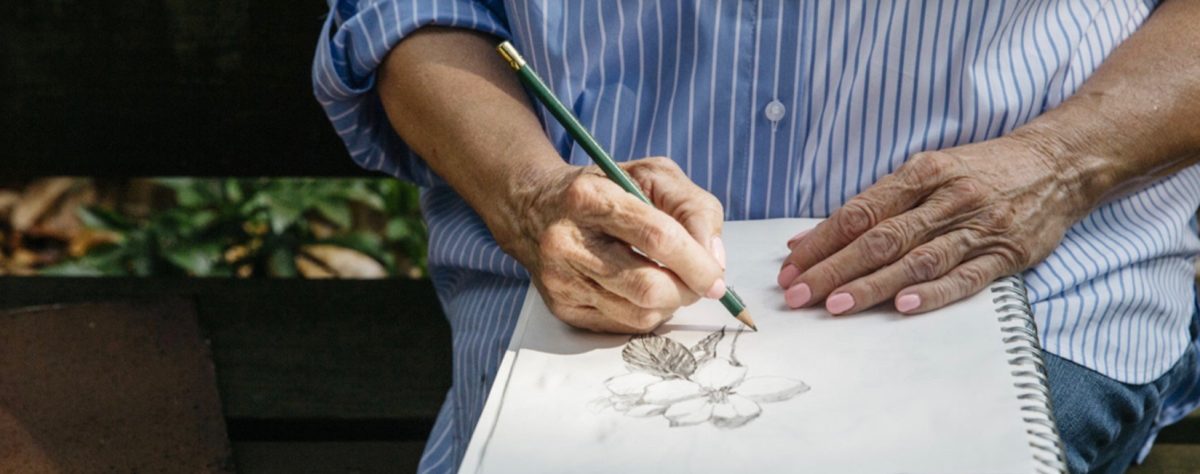“Yellow-colored objects appear to be gold.” Aristotle (from Thinkexist.com)
Discussions of the origins of Indian Yellow vary though most authorities believe it to have arrived in Europe from Asia in the Fifteenth Century. Conflicting accounts exist as to the truth of a 19th century investigation into the process of creating Indian Yellow. The disgusting smell of the hard brown balls imported from India to make the paint gave credence to the story of how it was made.
According to a late nineteenth century investigation by The Journal of the Society of Arts in London, the hard brown balls of pigment were made from the urine of cows fed only a diet of mango leaves and water. The urine was collected and dried to form the hard brown balls that were imported intact and later ground down to create the paint. The paint was banned when news of the treatment of the cows became known. The cows fed the mango leaf diet exclusively were severely undernourished to the point of starvation. Synthetic forms of the paint began appearing shortly afterward. Winsor Newton has some of the original imported brown balls on display in the Winsor Newton Museum. However, they are quick to point out that the balls are in a sealed glass case to prevent the smell from escaping.

Indian Yellow is a rich, beautiful color making its origins hard to fathom. Frequently used in glazes and for tinting, Indian Yellow makes jewel-toned greens when mixed with ultramarine blue. Alizarin crimson, zinc white and Indian Yellow make a nice warm orange. The Dutch Masters used Indian Yellow to create the luminescent glazes so characteristic of Dutch painting. It was also a favorite with the Scottish Colourists of the early Twentieth Century. The picture at top by Scottish painter, Lesley Hunter, is a perfect example of the beauty of the warm, glowing gold the liberal use of Indian Yellow can produce.
Fortunately, today’s painters don’t have to deal with the disgusting smell of the original Indian Yellow. In both oil and watercolor, Indian yellow is highly transparent and lightfast. As a tint, Indian Yellow gives depth and richness to the paint. On its own, it is beautifully golden.
Enjoy your Indian Yellow with gratitude for the synthetic process we have today. Thankfully, we don’t have to deal with the smell or the knowledge of the disgusting origins of the paint, true or not. Aren’t scientists wonderful!
For more on Indian Yellow, Winsor Newton has a “spotlight on color” feature on the website with a detailed description of the history of Indian Yellow.http://www.winsornewton.com/resource-cente/product-articles/indian-yellow
More information on the Scottish Colorists can be found at the Scottish Colorist website. A wonderful group of painters! http://www.scottishcolourists.co.uk/history-of-the-movement/



Interesting! The professor always liked the color. Don’t you think I’m an Indian Yellow type of guy?
Definitely!
Yes, yes. It’s quite a professorish color.
Beautiful~
Thanks so much!!
Facinating! I now have another museum I want to visit!
Great!!
Great post! I love my cheap, neatly packaged bottles of acrylic paint, but am always drawn to the idea of more primitive pigments.
Me, too! But I don’t think I’m quite adventurous enough to make my own primitive paints, especially not Indian Yellow! Thanks for the comment!